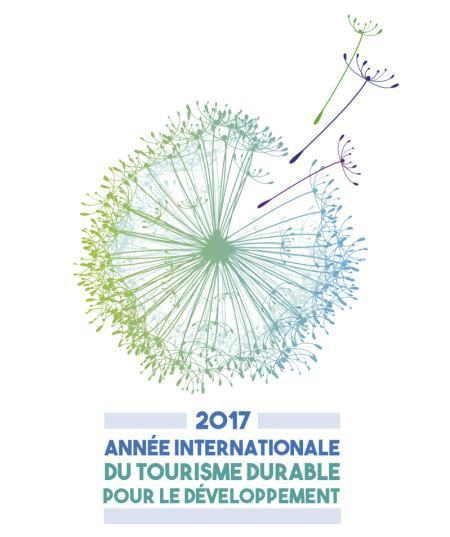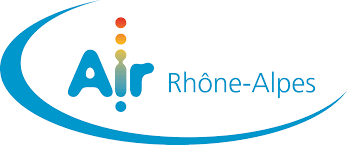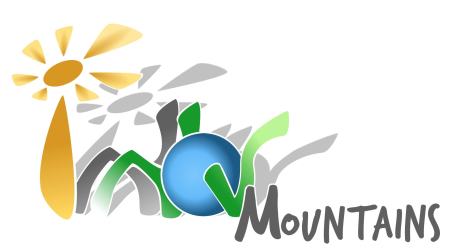
Published on October 7, 2016 – Author : Coline Mionnet
Renewable energy innovations – Part 1
As the Energy Festival is beginning, initiated by the ADEME (French Agency for Environment and Energy Management) seven years ago, Innov Mountains publishes this special file about renewable energy innovations and the companies which develop them. These precursors set the bases of tomorrow’s civilisation, sustainably-powered and respectful of the planet.
This orientation is not an option anymore, but above all an obligation towards future generations.
Startups inventing tomorrow’s world
Transforming waste into energy
In our consumer society, generator of huge quantities of domestic waste, treatment and elimination of household refuse are expensive and can generate public nuisance and pollution. A good example is biogas which is released during fermentation of stored organic waste, buried or not, and which takes part in greenhouse gas emissions. Since 2004, the successive French governments set reduction objectives for waste production. They encouraged their methanisation, but a problem of purity of produced gas limited its rational use.
With the ADEME support, a Grenoble-native startup created WAGA-ENERGY in 2005 and developed a new purification process for biogas coming from an abundant resource : our waste, as well organic as residues from wastewater treatment plants (sewage sludge).
The principle of this new technology holds in the WAGABOX ® , which separates, by the mean of a membrane coupled to a process of cryogenic distillation, CO², Nitrogen and Oxygen in order to bring out a purified methane, which can then be injected into the domestic gas grid or used for other applications like transportation and heating.
For the company’s creators, “through biogas production resulting from waste, we take part in the reduction of greenhouse gas emissions, in addition, we use it to create clean energy which replaces fossil energy. It is a virtuous circle ! ”. And an undeniable advantage for the whole society.
Award-winning of the 2015 national competition for the creation of innovative technologies companies, initiated by the Ministry of National Education, upper education and Research, the young company benefits of the financial support from three major shareholders (Liquid Air, Capital Venture, Starquest Capital and Ovive).
The first WAGABOX ®, built in Saint-Florentin COVED site, should be operational by January 2017.
Sources & documents
Contract between Coved and Waga-Energy, Coved press released, 2016, may 27
Ademe card« success story R&D Waga-Energy »
Transforming heat into cold
Industrial cold production sector is a large-scale consumer of energy, and the implemented processes knew only light improvements since more than one century. Cold generation always requires a mechanical compressor whose energy efficiency, like in a thermal engine, is disastrous.
Created in 2014, a start-up committed in the research of solutions to improve energy savings in cold production technology. If it achieves its goal, as it seems on the right track, a whole economic sector would be revolutionized by their HECO/C ® technology. The process is appropriate as well for fixed installations as for mobile ones (cooled trailers) and has no environmental impact.
This startup is COLDINNOV, a French company settled in Toulouse and Marseille. It has just build its first static refrigerating unit based on a solid gas thermochemical reaction, catalysed by heat losses.
In September, COLDINNOV was selected by the ADEME within a call for projects named “Initiatives PME” (PME: small and average companies), launched by the “Investment Plan for Future (PIA)” for energy and ecological transition, and received a winning-award by Segolene Royal, French Minister of Environment.
The startup also develops and markets other cold solutions, including “photovoltaic solar cold” under brand “FREECOLD ®. These systems are based on a high-performance patented container, ECOTAINER ® , the equivalent of A++ class for a domestic cold device. The energy source is provided by high-efficiency solar panels, possibly combined with a connection on the electricity grid.
The unit makes it possible to preserve temperatures between 2 and 8° Celsius, even -12°C for a freezer, during 75 hours.
Lastly, solar air-conditioner FREECOLD ® allows to refresh the air even without electrical network.
Sources & documents
Solar photovoltaĂŻc cold on COLDINNOV’s website
COLDINNOV accelerates in sustainable cold, french press release, 2016, october 4
Document PDF: La chaleur fatale industrielle, rapport de l’ADEME (french)
Using sunlight to heat our home at night
SolisArt, a French company settled in Villaroux close to Chambery, was born in 2009 from the passion of two specialists for thermics. They both gathered their experiments to develop SolisConfort process, a sustainable solution making possible to hold the best from abundant solar energy.
While combining two existing techniques, direct solar floor and hydro-accumulation, and developing a high-efficiency sensor panel, they succeeded in creating installations with exceptional performances, generating savings from 40 to 70% on the invoice of heating, warm water or swimming pool heating.
Measurements from the French National institute of Solar energy attest these results which classify SolisConfort A+ level, the highest on the energy performance scale.
This innovation benefits from the French “Funds for New Emerging Technologies”
Sources & documents
Tracking the sun god
All the year, during day time, the sun stays only a few minutes at the same place in the sky. To optimize a photovoltaic panel performance, and to ensure it keeps an incidence angle of 90° by the solar rays, it is advantageous to motorize it to track the sun. This is the solar tracker principle developed by EXOSUN, a French firm settled in Martillac, in south-west Gironde.
ze=”1″ margin=”0″]
This young company born in 2007 entered in the “Cleantech 100 Under the Radar” list (GCT100) in 2015, a challenge animated by the Cleantech Group, worldwide list of the 100 most promising companies acting in innovating technologies for a sustainable development.
EXOSUN does not remain out of globalization. Present in Portugal, Spain, Chile and Mexico, the firm also created subsidiaries in South Africa, United States and Brazil, all these countries presenting a strong potential in Solar energy. Exosun was selected to equip with its solar trackers the giant solar power station (277,000 panels) built by EDF New Energies in the Atacama desert in Chile, about which we had published an article post some weeks ago.
Exosun provided sun trackers for 27 solar power stations in France and 8 abroad, in Australia, United States, Jordan, Mexico and Chile.
Sources & documents
Vallerargues solar power plant project (Gard) card by Exosun
Storing on day and consuming on night
Domestic self-use of photovoltaic electricity increases quickly, and sets the question of balance between production and consumption periods. If you are unable to store all the energy produced during daytime for using it the evening, you do not need a large solar power plant.
The German startup SONNEN, created in 2011, rose up in a few years to the top of the innovative companies in renewable energy storage and management with integrated powerful solutions for individuals and businesses.
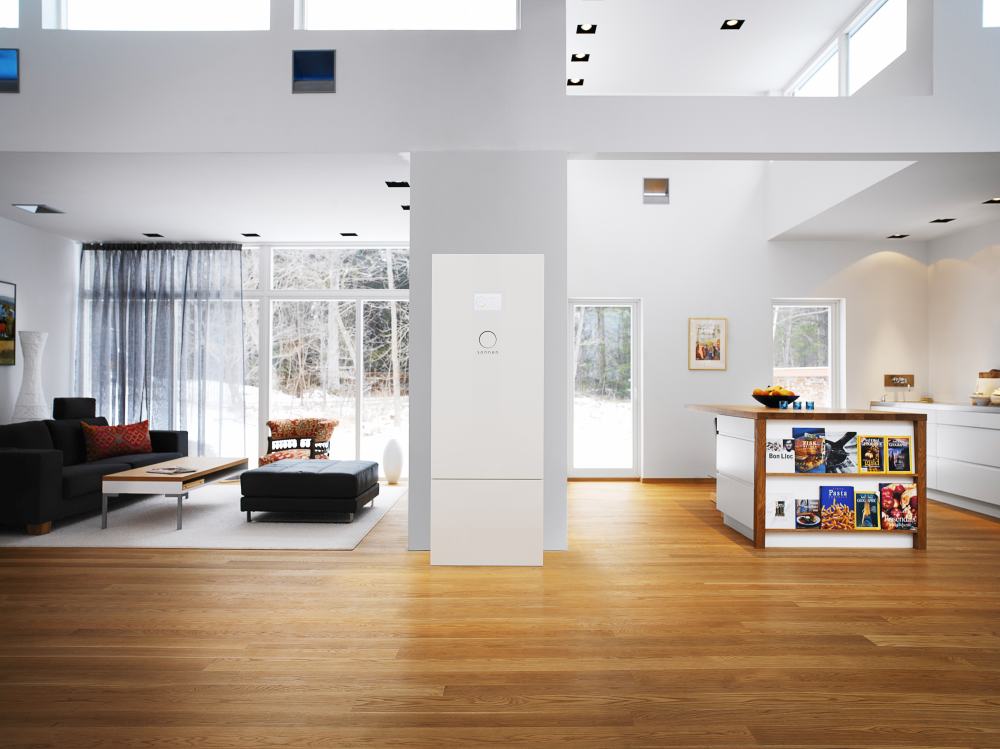 Credit photo: © Sonnen gmbh
Credit photo: © Sonnen gmbhThe SonnenBattery eco is a domestic storage device from 4 to 16 kWh by 2kWh steps, harmoniously integrable in a house or a flat and guaranteed for 10,000 cycles or 10 years by Sonnen.
The sonnenBattery pro, professional solution for shops, offices or small workshops, makes it possible to store 24kWh useful power per unit repeatable up to 240 kWh; the warranty is identical.
Several thousands of units are already installed in Europe, and the start-up currently positions in the North-American market.
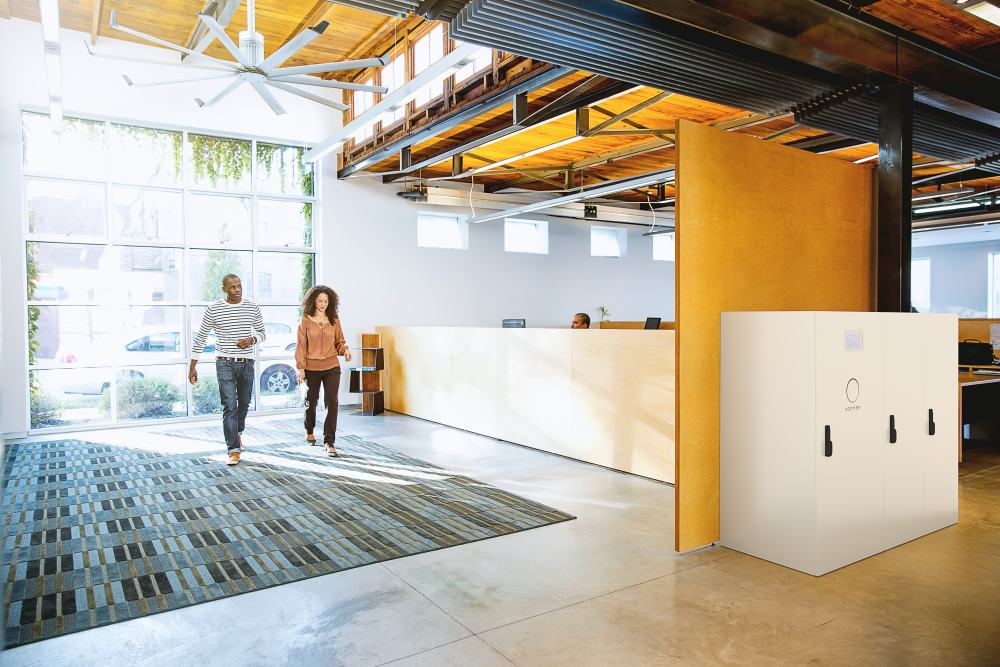
Sources et documents
French research C.N.R.S. course “Energies, comment les stocker?” PDF upload (french)
Transport 40 passengers without any CO² emission
The North American firm PROTERRA designs and builds 100% electric-battery buses able to transport 40 passengers up to 350 miles, a great performance for this kind of vehicle.
Proterra asserts savings up to USD 151.000 on their bus lifespan, compared to a fossil-fueled bus with the same passengers capacity. This difference is mainly the consequence of energy prices and reduced costs (no motor oil change, fewer brakes replacement and sustainable design).
Of course, this kind of vehicle remains currently restricted to local transit, but in the next years, their self-sufficience will increase with technical improvements on batteries and motors, and with fast-charging devices when stopping.
Proterra firm was created in Golden, Colorado in 2004 and quickly rose to enter the head group of greentech transport manufacturers.
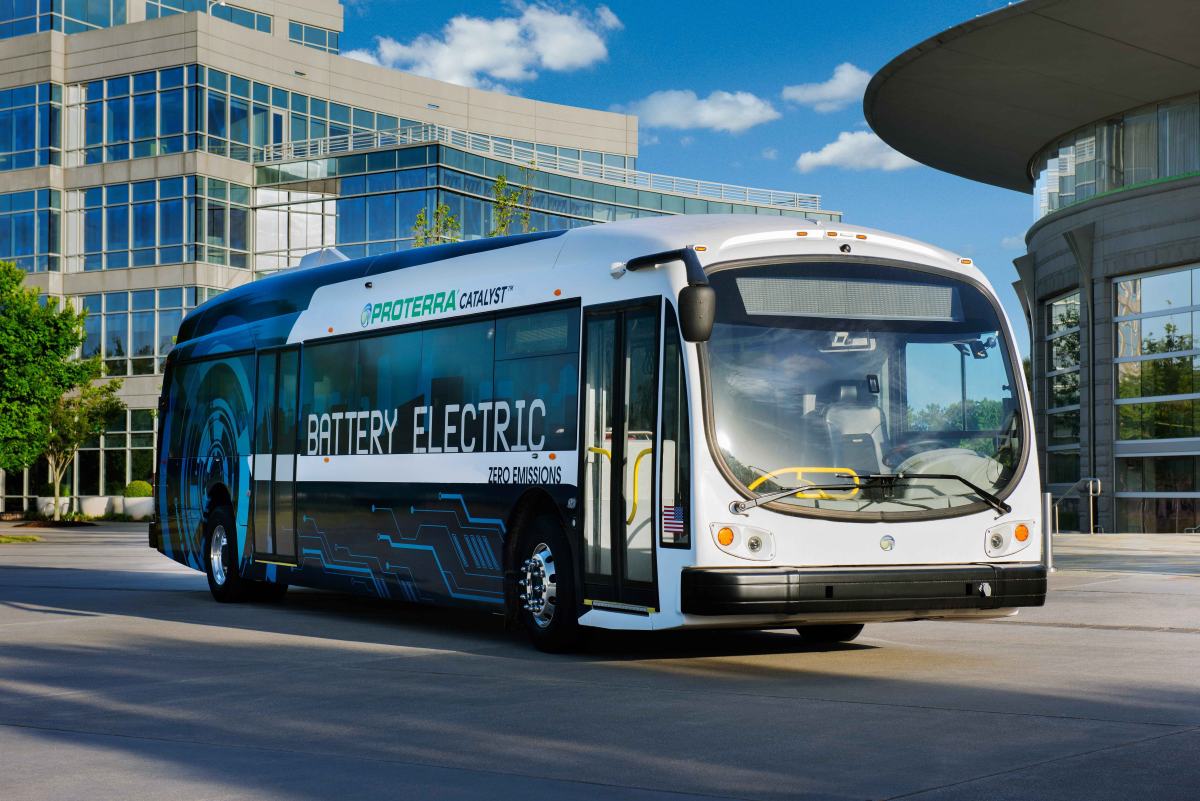 © Proterra
© ProterraSources & documents
Articles liés:
Dossier Spécial Partie 1 : « Innovations durables en montagne »
Dossier Spécial Partie 2 : « Innovations durables en montagne »



